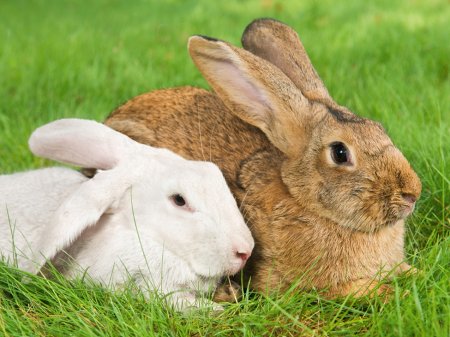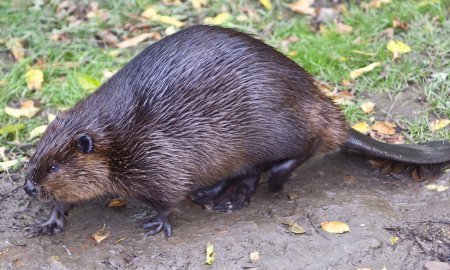Animal health: Tularemia
Learn about the causes, clinical signs, treatment, prevention, management and transmission to humans of tularemia.
ISSN 1198-712X, Published January 2013
Tularemia is primarily a disease of wild animals such as rabbits and rodents and, on rare occasions, can infect farm animals such as sheep and pigs. Livestock and pets should not have contact with wild rabbits and rodents (Figure 1).

Cause
Tularemia is caused by the bacterium Francisella tularensis. The bacteria are found in wild animals such as rabbits, rodents and beavers (Figure 2) and are transmitted by ticks, fleas and deer flies.

Clinical signs
Animals infected with tularemia will have a high fever and will appear dull, depressed, stiff, reluctant to move and may develop diarrhea and coughing. Some animals will die from the disease.
Treatment
A veterinarian can prescribe antibiotics that are an effective treatment for tularemia.
Prevention and management
Controlling ticks can prevent outbreaks of tularemia in sheep. Do not allow dogs and cats to roam in areas where tularemia is present.
Transmission to humans
People can become infected with tularemia through contact with contaminated water, blood or tissue while handling carcasses of infected animals. People who work with sheep are susceptible to tularemia, as are hunters who handle infected wildlife.
Ticks and deer flies can transmit the disease to humans as can bites or scratches from infected cats.
People can also contract tularemia by inhaling dust from contaminated soil, grain or hay, leading to pneumonia and possible death.
People infected with tularemia will have signs of flu-like illness, including fever, headaches and fatigue. The most frequent symptom is an ulcer at the site the bacteria entered, together with swelling of adjacent lymph nodes.
Reporting
Veterinary laboratories in Ontario and veterinarians who use a laboratory outside of Ontario must report a diagnosis of tularemia to the Ontario Ministry of Agriculture and Food and Ministry of Rural Affairs (OMAF and MRA). OMAF and MRA will take measures to ensure that the disease is controlled and will work with public health officials to ensure that people exposed to the disease are promptly treated.
For more information on animal health, go to Ontario.ca/animalhealth.